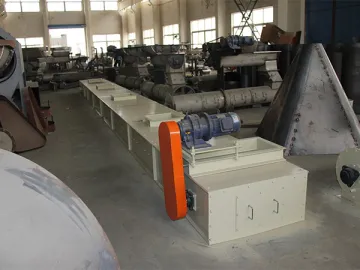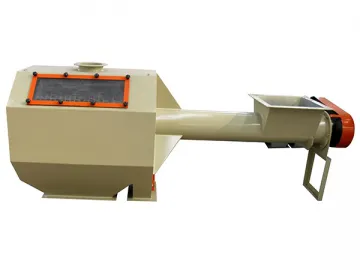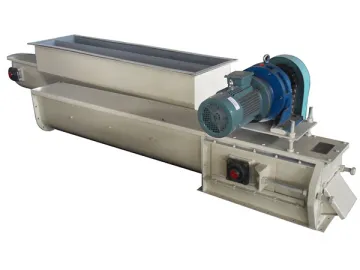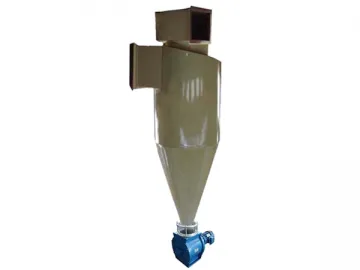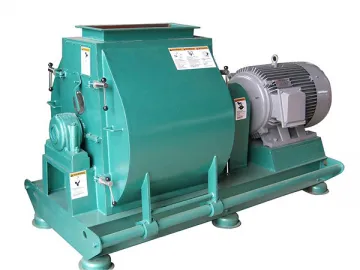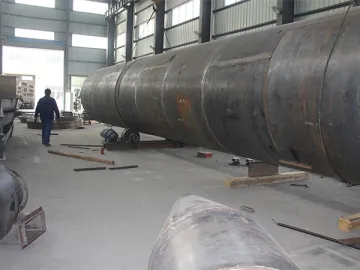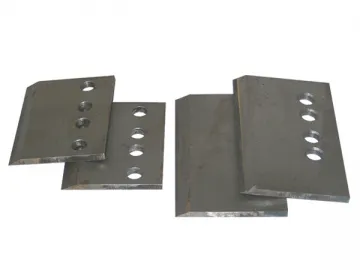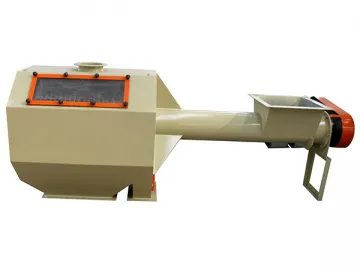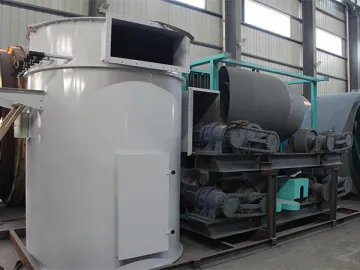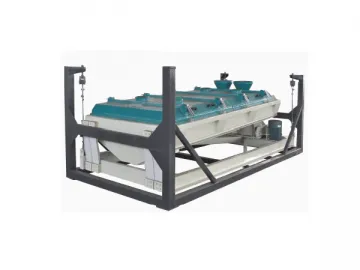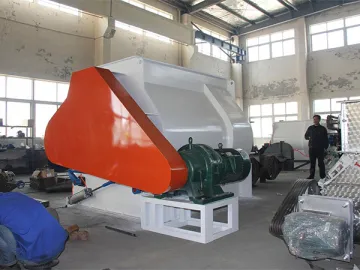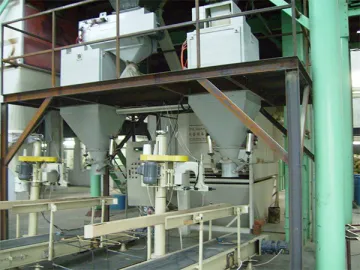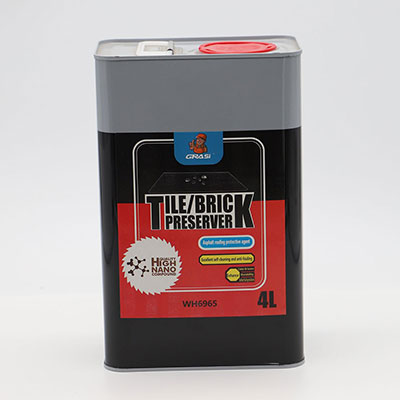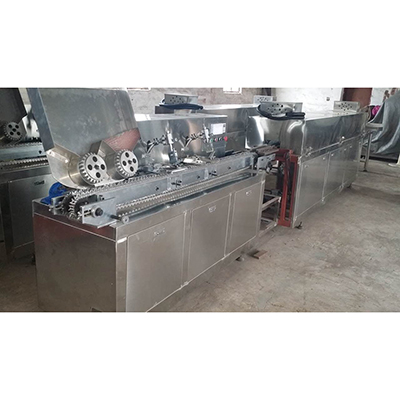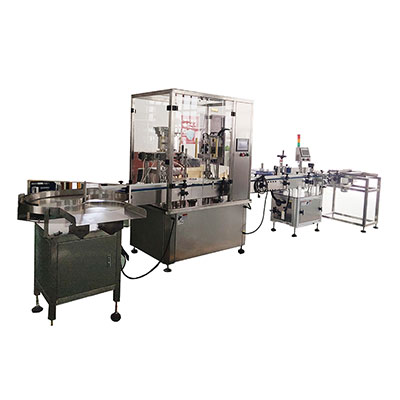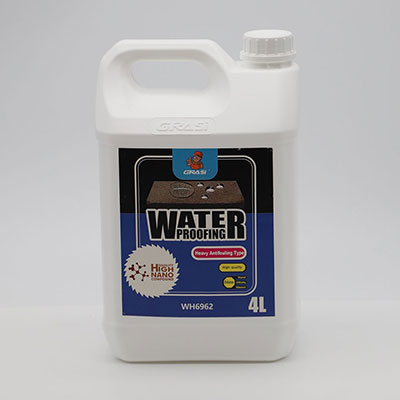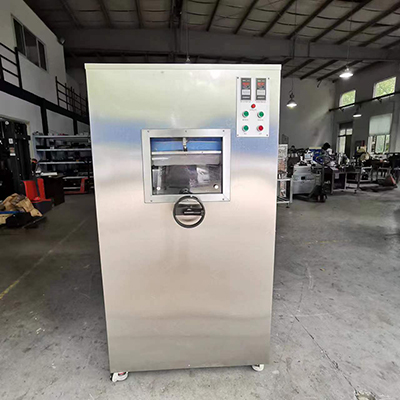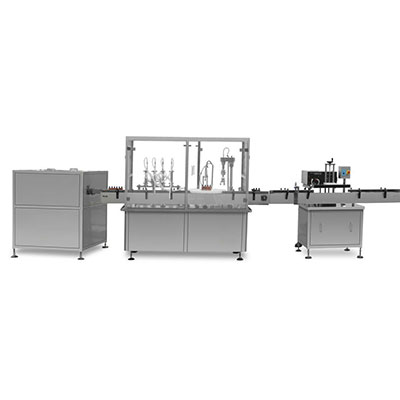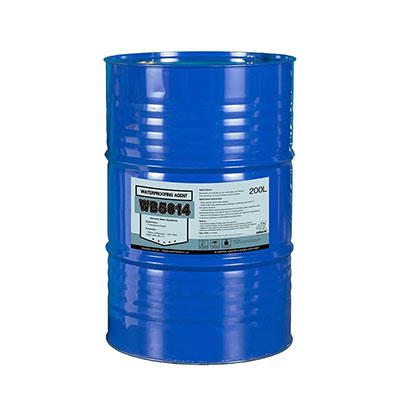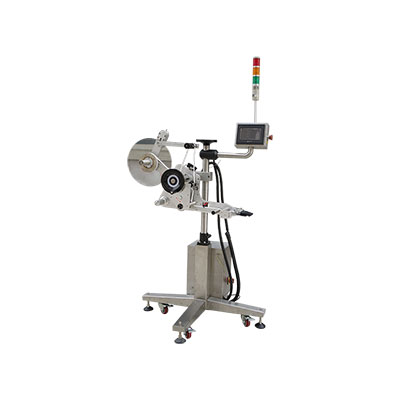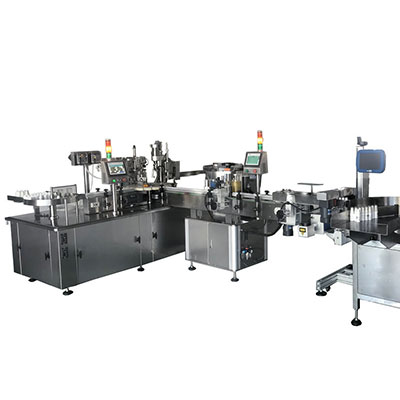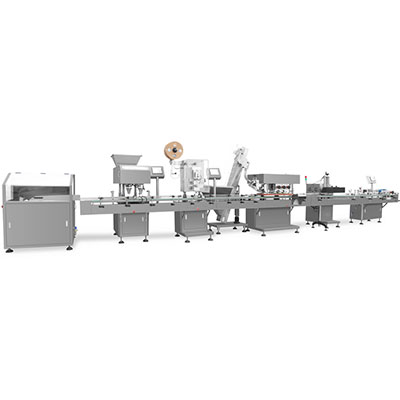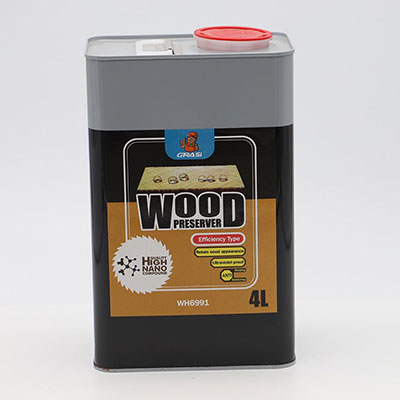Pelleting Machinery
Rongda produces more than 150 pellet mills used to produce wood pellets each year. The wood pellet presses have been exported to customers around the world for different projects. To better assist our customer needs, we have wood pellet mills with different production capacities for customers to choose from.
Features
1. The pelleting machinery is compact in structure, and reliable. It is easy to install, operate and maintain.
2. Our pellet mill uses a variable frequency speed control feeding system and an external discharging system. The wood pelletizer also comes with an overload protection device.
3. This pelletizing machine can be equipped with a ring die, in different diameters, including 6, 8, or 10mm, based on application needs. Ring dies with custom diameters are also available.
4. The transmission box on the biomass pellet mill uses imported bearings and oil seals, as well as a serpentine spring coupling.
5. The lengthened conditioner with an enlarged cleaning door makes cleaning the machine easier.
Main Structure
As biomass fuel equipment, the pellet mill is comprised of the feeding and conditioning system, as well as the main transmission system and pressing system.
I. Feeding and Conditioning System
1. Feeder
2. Security guard magnet
3. Conditioner
II. Main Transmission System and Pressing System
1. Main transmission box
2. Pressing chamber
3. Forced feeder
4. Ring die protective hood
5. Base
6. Lubrication system
Basic Biomass Pellet Production Flow
Working Principle
The first step in this machine’s process is feeding. Wood materials in the storage bin are fed into the conditioner via a feeder. The wood materials are then fixed in a uniform manner by the conditioner, then fed into the pressing chamber. After this stage, the feeding scarpers feed the powdered materials into the two pressing areas of the ring die. As the ring die operates at a high speed, the powdered materials are pushed into the space between the ring die and the rollers. As they are squeezed and pressed by the ring die and rollers, the powdered materials gradually become more compact and formed into pellets within the die holes. As the squeezing action is a continuous process, the formed materials are constantly expelled from the die holes in a column manner. Finally, the formed material that is pushed out of the die holes will be cut into pellets in the desired length, using cutters. This makes the pellet mill ideal equipment within biomass pellet plants.
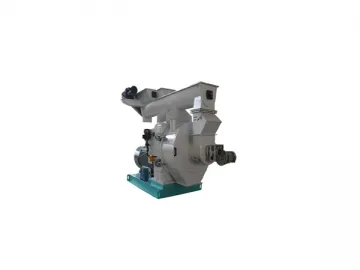
Technical Parameters
| Model | Main motor power (kW) | Production capacity (t/h) | Broken arch feeder power (kW) | Conditioner power (kW) | Ring die size (mm) | Pellet size (mm) |
| RD320MX | 37 | 0.2-0.3 | 1.5 | 2.2 | 320 | 6-10 |
| RD350MX | 45-55 | 0.5-0.7 | 1.5 | 3 | 350 | 6-10 |
| RD420MX | 90 | 0.8-1 .2 | 2.2 | 5.5 | 420 | 6-12 |
| RD480MX | 90 | 1.2-1.5 | 2.2 | 5.5 | 480 | 6-12 |
| RD508MX | 132/160 | 1.5-2 | 3 | 5.5 | 508 | 6-12 |
| RD558MX | 132/160 | 2-2.5 | 3 | 7.5 | 572 | 6-12 |
| RD678MX | 185/200 | 2.5-3.5 | 3 | 11 | 678 | 6-12 |
| RD768MX | 200/220 | 3-4 | 3 | 11 | 768 | 6-12 |
| RD800MX | 220-350 | 4-6 | 4 | 15 | 800 | 6-12 |
| RD900MX | 250-500 | 5-8 | 4 | 15 | 900 | 6-12 |
Available Models of Biomass Pellet Mills
RD350MX Pellet Mill
RD420MX Pellet Mill
RD480MX Pellet Mill
RD508MX Pellet Mill RD508MX
RD508MX
RD678MX Pellet Mill
Related Names
Wood Pellet Mill | Biomass Pellet Mill | Wood Processing Equipment | Wood Pelletizer | Wood Granulator
Links:https://www.globefindpro.com/products/70167.html
